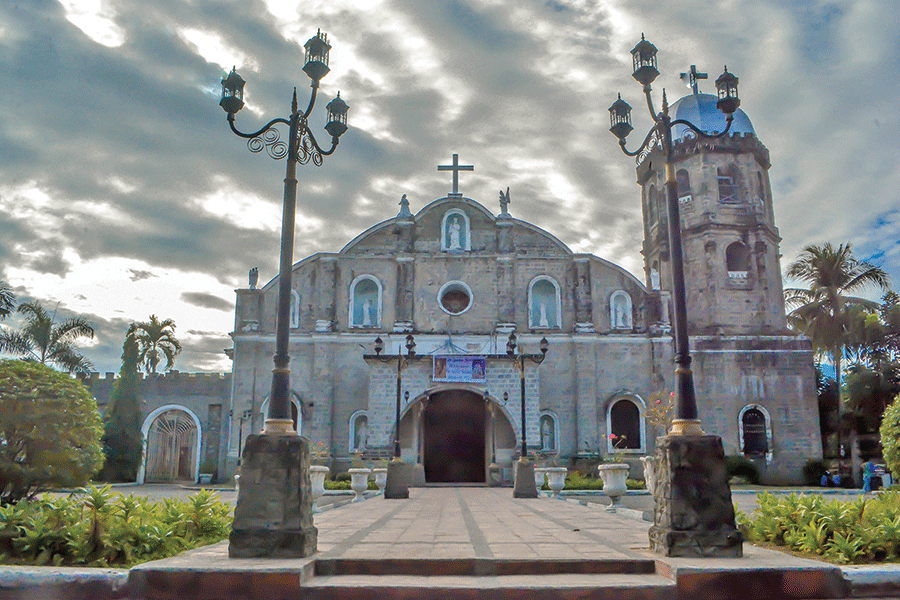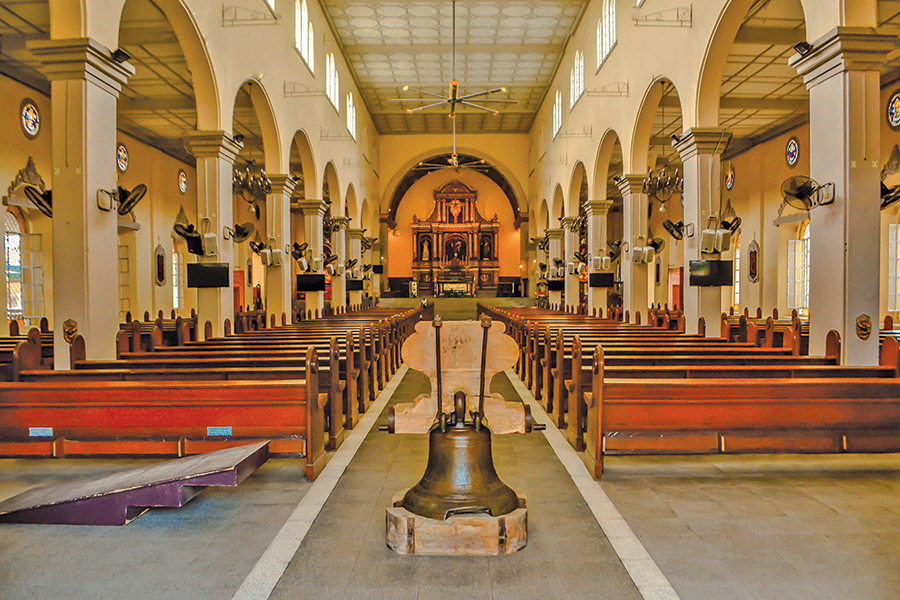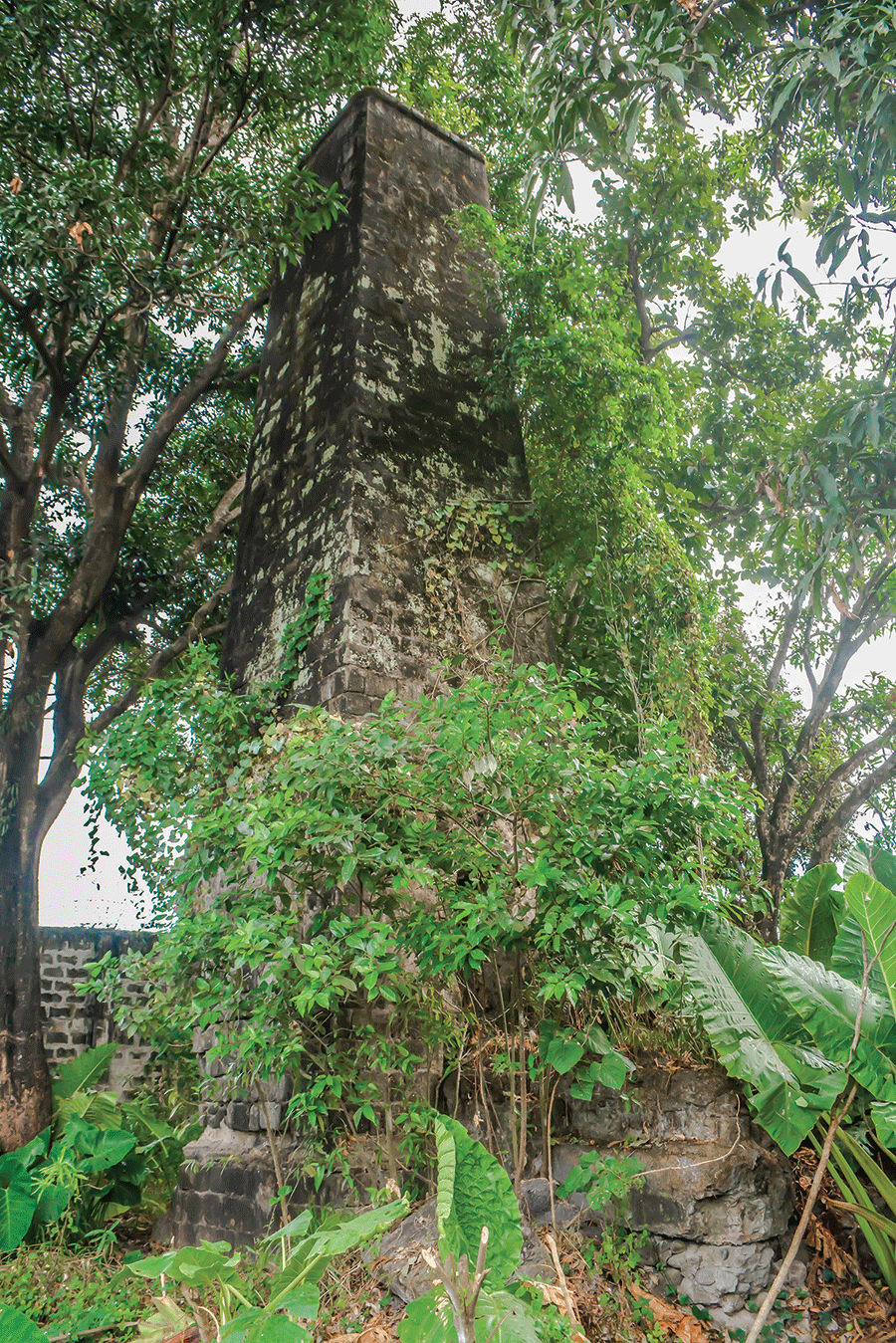MAGALANG, Pampanga – This town’s first woman mayor is investing on the promotion of its old structures, including two military
communications towers constructed by Spanish soldiers in the late 19th century.
Mayor Maria Lourdes Paras Lacson said: “We must find other means of income for our people. One of which is to promote tourism activities in our town. We have very interesting old structures here.”
Lacson said they are planning to “beautify Magalang and promote its centuries-old structures such as the municipal hall, San Bartolome Parish Church and two heliographic towers.” Last year, the National Historical Commission of the Philippines (NHCP) declared all these structures as Important Cultural Properties (ICP).

The municipal hall was reportedly constructed in the late 19th century. The parish church was constructed beginning 1866, according to a book written by Louie Aldrin Bartolo.

Ryan Miranda, Magalang Touirsm officer, said they want the ‘Torre Heliografico’ (heliographic towers) be declared as National Cultural Treasures (NCT), “especially this one in Barangay Sta. Cruz because it’s still very much intact and preserved.” The other is at the property of Caryana Monastery in Barangay San Isidro.
Miranda said there will a “bigger ceremony” when they publicly declare the heliographic towers as ICP to begin their call for the two towers to be named as NCT.
Joel Pabustan Mallari of the Katipunan ding Talasaliksik at Talaturung Kapampangan (Katatagan, Inc.) disclosed that there were more 10 heliographic towers constructed in Magalang and nearby Mabalacat and Concepcion town in Tarlac.

In his study, Mallari said: In a letter to the Comandancia General del Centro De Luzon dated May 8, 1898, Ricardo Monet which was then serving as the Commandant of War at that time, informs the commandancy about the complete destruction of activities of the detachment of Camansi which is located at Mt. Arayat, transforming it into a blok-haus (blockhouse) constructed at Magalang of this province. Among the details he mentioned are the presence of torre heliografico (heliographic towers) which are strategically located in the ten towns of Magalang, Concepcion and Magalang. They were constructed to serve as stations (estaciones) of communication having an approximate height of 20 meters and made under the charge of the Engineering Corps.
Archaeologically, extant towers of this type can still be found in Magalang and are made unique to each other – made of fine construction materials such as fine laryu (red bricks) and huge cut stones of pumiceous rocks and volcanic tuff. “
Mallari said a thorough study of these towers is being done by Dr. Lino Dizon of Tarlac State University. General Monet’s 1898 letter of information came from the Instituto de Historia y Cultura Militar – España (IHCME) through Dr. Dizon’s archival initiatives.


Basing on the stories of townfolk, Dr. Dizon said “there were around three to four more of these towers dispersed in various parts of the town. People thought they were imburnal (smoke outlets) for cabiaoan, the trapiche or early carabao-driven sugar mills”.
Later on, several ethnohistorical and archeological surveys took place together with Mallari.

According to Dr. Dizon, a heliograph, which in Greek literally means ‘sun writer’, is a mirrored communications device for sending messages in Morse code by flashing reflected sun’s rays to a distant station.
Mallari said an 1896 description is very apt: “An instrument called the heliograph, or sun telegraph, constructed with small mirrors made to turn upon both a horizontal and vertical axis, mounted upon a tripod, so arranged as to make the flashes appear and disappear in rapid succession, is to a limited extent in use in the army; and by it messages may be transmitted much faster than with flags or torches, and it can be used at longer ranges. It is manipulated by a key, similar to the electric telegraph instrument. Mirror signaling was first used by the North American Indians.” –Photos by Leo Villacarlos





